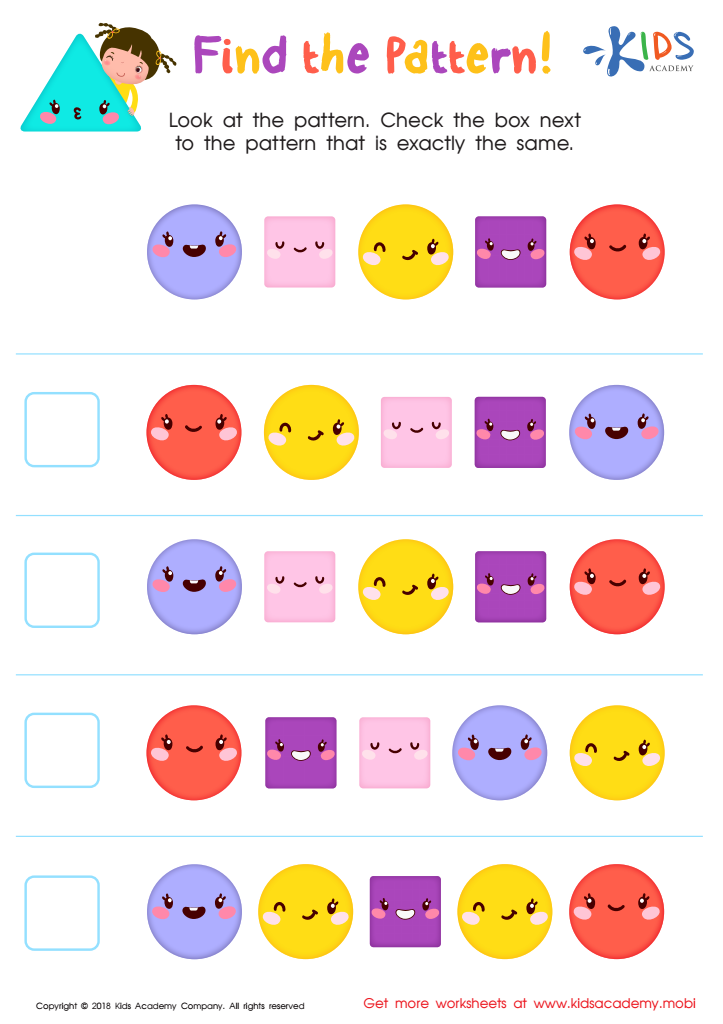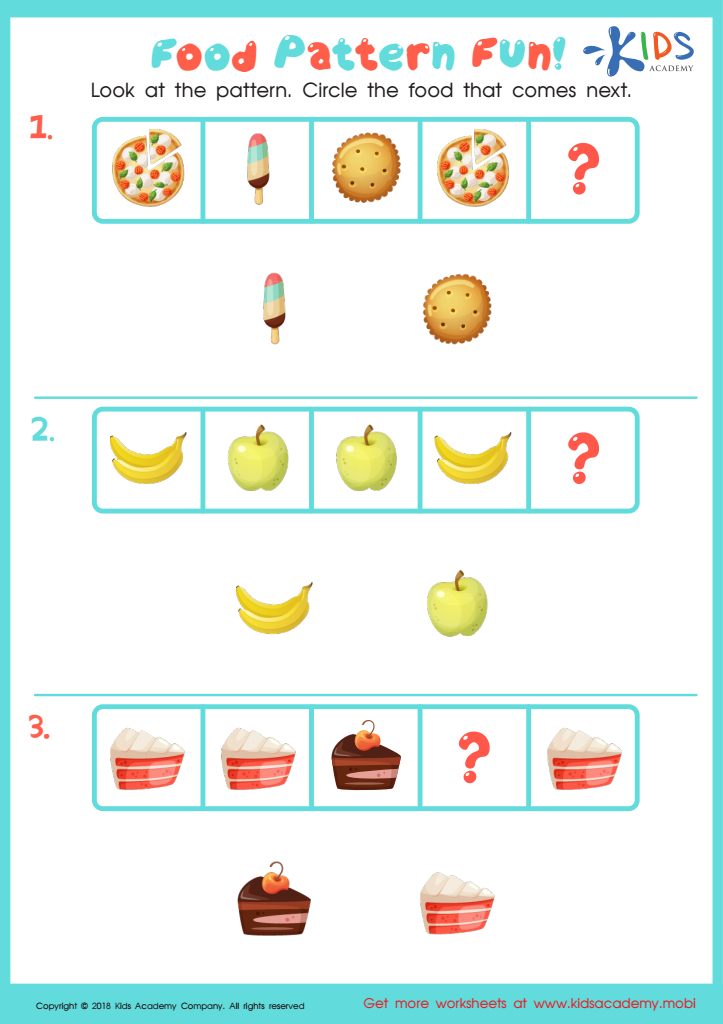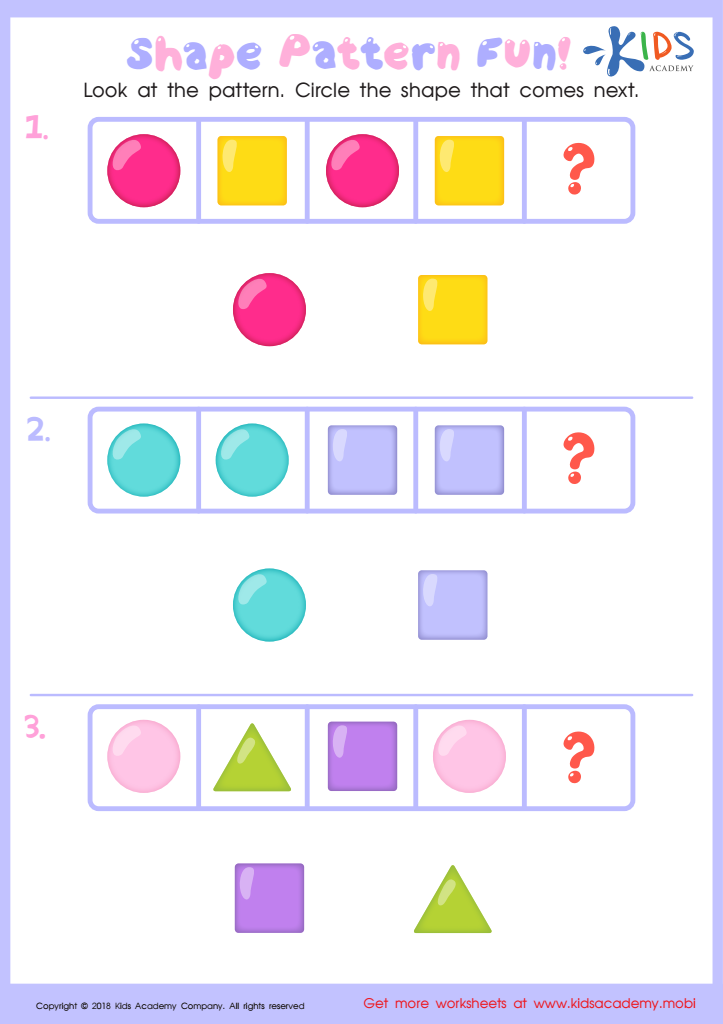-
English
-
English Pre-K
-
Unit 1: Early Literacy Skills
-
ABCs
- Pre-writing Activities
- Letter A
- Letter B
- Letter C
- Letter D
- Letter E
- Letter F
- Letter G
- Letter H
- Letter I
- Letter J
- Letter K
- Letter L
- Letter M
- Letter N
- Letter O
- Letter P
- Letter Q
- Letter R
- Letter S
- Letter T
- Letter U
- Letter V
- Letter W
- Letter X
- Letter Y
- Letter Z
-
Phonological Awareness
- Rhyming Words
- Letter Sounds B, C, D, and F
- Letter Sounds G, H, J, and K
- Letter Sounds L, M, N, and P
- Letter Sounds Q, R, S, and T
- Letter Sounds V, W, X, Y, and Z
- Letter Sounds A, E, and I
- Letter Sounds O and U
- Beginning Sounds
- Matching Letters to Sounds
-
ABCs
-
Unit 2: Vocabulary
-
Common Words
- Sorting Words into Categories
- Color Words
- Verbs and Adjectives
-
Sight Words
- Sight Words 'I' and 'Can'
- Sight Words 'You' and 'Like'
-
Common Words
-
Unit 3: Print Awareness
-
Parts of a Book
- Working with a Book
- Spaces Between Words
- Text and Illustrations
-
Picture Books and Poems
- Picture Book Text Features
- Poem Text Features
- Signs and Labels in the Community
-
Parts of a Book
-
Unit 4: Reading Literature
- Questions About Stories
- Discussing Stories
-
Unit 5: Reading Informational Texts
- Retelling Details in a Text
- Questions About a Text
- Connections Between Events
- Text Features
- Describing Illustrations
-
Unit 1: Early Literacy Skills
-
English Pre-K
-
Math
-
Math for Pre-Kindergarten
-
Logic and Geometry
-
Matching and Sorting
- Same and Different
- Which One Is a Little Different?
- Objects That Go Together
- Sorting by Color and Size
- Sorting The Same Group in Different Ways
- Patterns
-
Shapes
- Shapes in Our Environment
- Naming Shapes Regardless of Size
- Making Shapes in Preschool
- Comparing Shapes
- Relative Positions
- Sorting Shapes
-
Matching and Sorting
-
Early Number Sense
-
Numbers 1–5
- Counting to 3
- Counting to 5
- Arranging Objects up to 3 Objects
- Arranging up to 5 Objects
- Writing Numbers 1–5
-
Numbers 1–5
-
Numbers up to 10
- Counting to 10
- Arranging up to 10 Objects
- Number 0
- Writing Numbers 6–10
- Breaking Down Numbers 6-10
-
Logic and Geometry
-
Math for Pre-Kindergarten
Patterns for Preschoolers
When parents choose decorations for their baby’s nursery, it often includes fabrics and items that have designs on them. This is because babies prefer to look at things that have some type of pattern on them. Stripes, items placed in rows, zig zags, all of this is more visually interesting to your baby and can hold their interest as they look at the world around them. Repeated sounds are also soothing to a baby. My own children had sound machines in their rooms that played the sound of waves or a lullaby that repeated. As your child grew you may have sung songs together that had repeating patterns (think B-I-N-G-O).
Many early picture books have repeating parts. The Pout Pout Fish is an adorable book that repeats part of its plot. Your children will love reciting it along with you once they have picked up on the repetition.
Preschoolers will even pick up on daily events that follow a pattern, like breakfast then lunch, then dinner and repeat! The initial understanding of repetition will help your child later as they start to examine more complex patterns.
So as you can see, from the very start of life, children are exposed to a wide variety of patterns in the world around them.
As they continue to learn and grow, they will begin to be able to recognize some of the patterns that occur around them. There are different types of patterns that children learn about in preschool, here are a few examples:
- Alternating patterns: blue, yellow, blue, yellow
- Growing patterns: increasing height in a tower of blocks
- Number patterns: skip counting
This activity allows your child to find the matching pattern integrating both shapes and colors! Encourage them to explain the pattern out loud before they choose the match!
You can encourage the exploration of patterns by looking for patterns in your child’s everyday play. For example, you may notice a pattern in the blocks that they are building with or a picture that they are drawing. Point out and name the pattern. “Oh, I see that you have drawn a red flower, then a blue flower then a red flower, that is a pattern!” You can also purposely create patterns as you play with your child and then talk about the pattern that you have created. Keep it simple at first with colors, shapes, types of toys and a basic ABA pattern (blue, red, blue). As your child grows, start to create more complex patterns ie: ABBA (blue, red, red, blue).
These activities allow your child to extend patterns based on shapes as well as types of foods! There are simple ABA patterns as well as more complex patterns to stretch their thinking.
Children naturally love to observe patterns in the world. This skill is critical as they grow and take on more complicated math concepts. To continue the learning journey for your child, please use our catalog to find more activities.
By: Nora Brown
Elementary School Teacher




